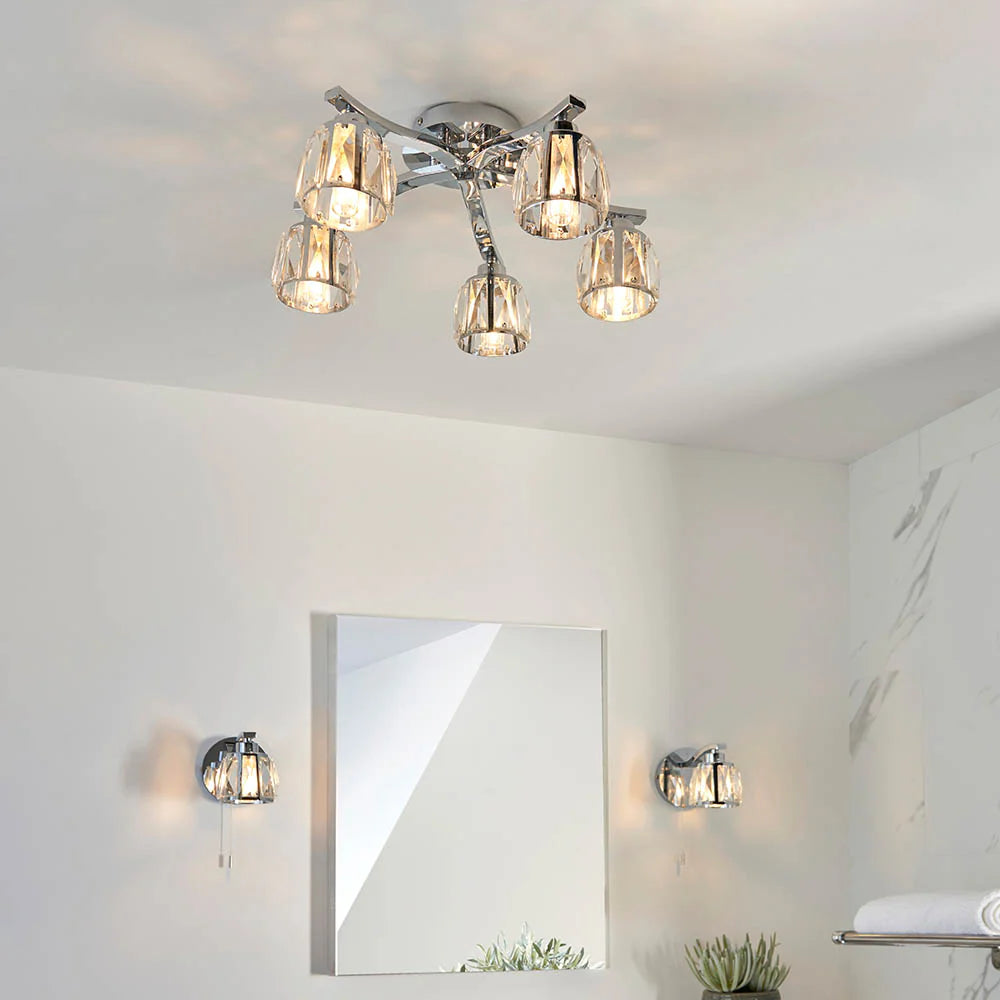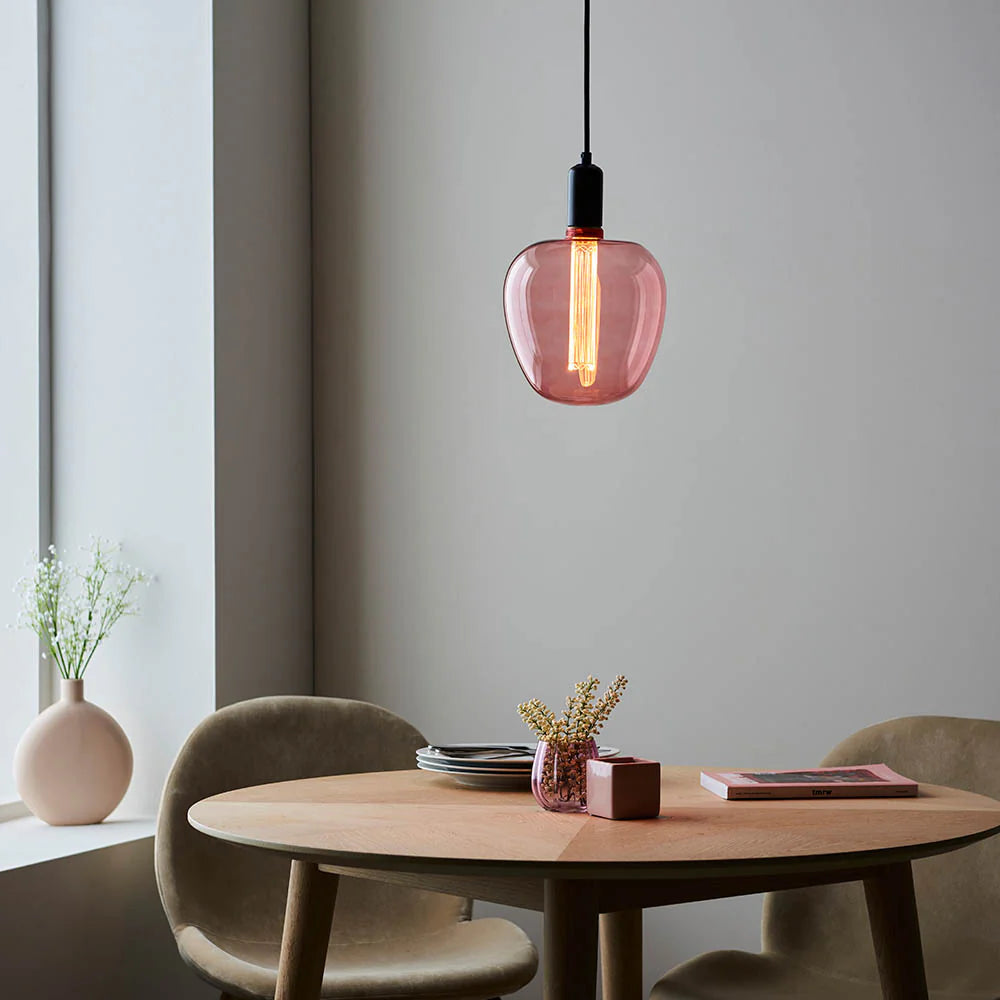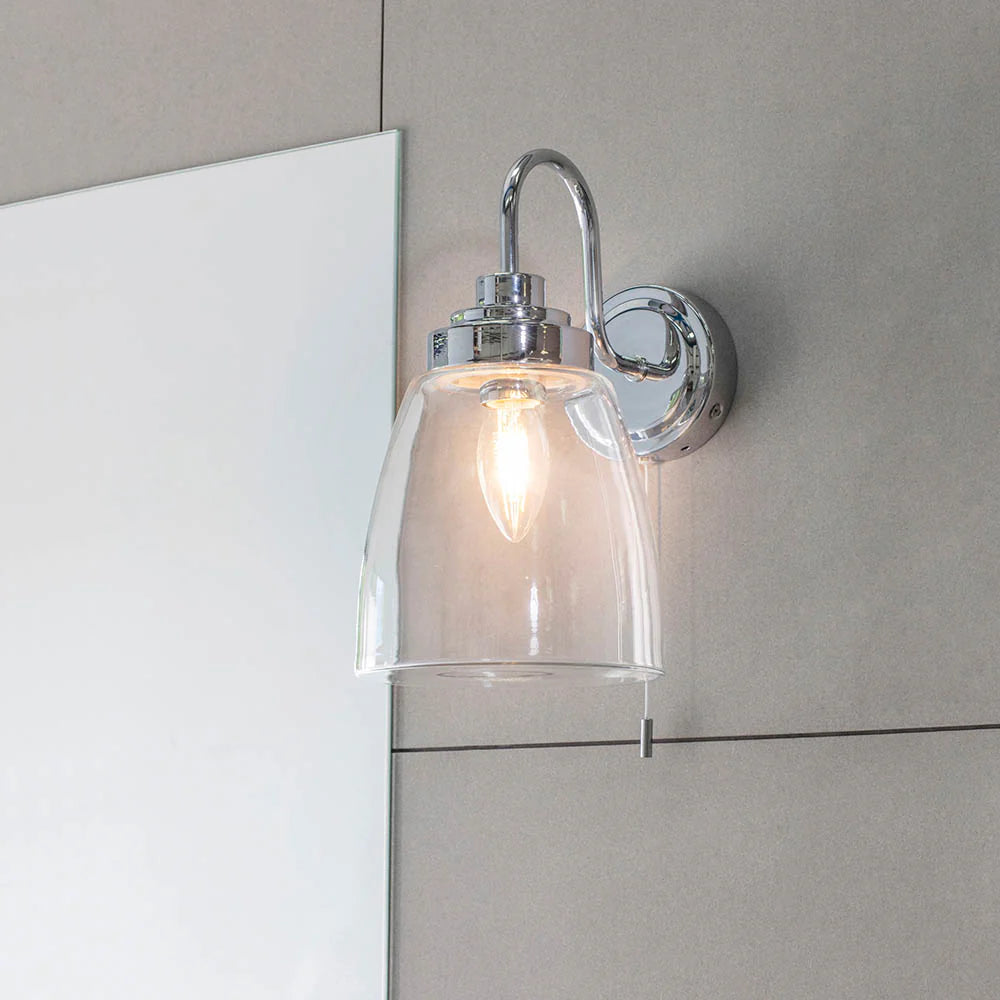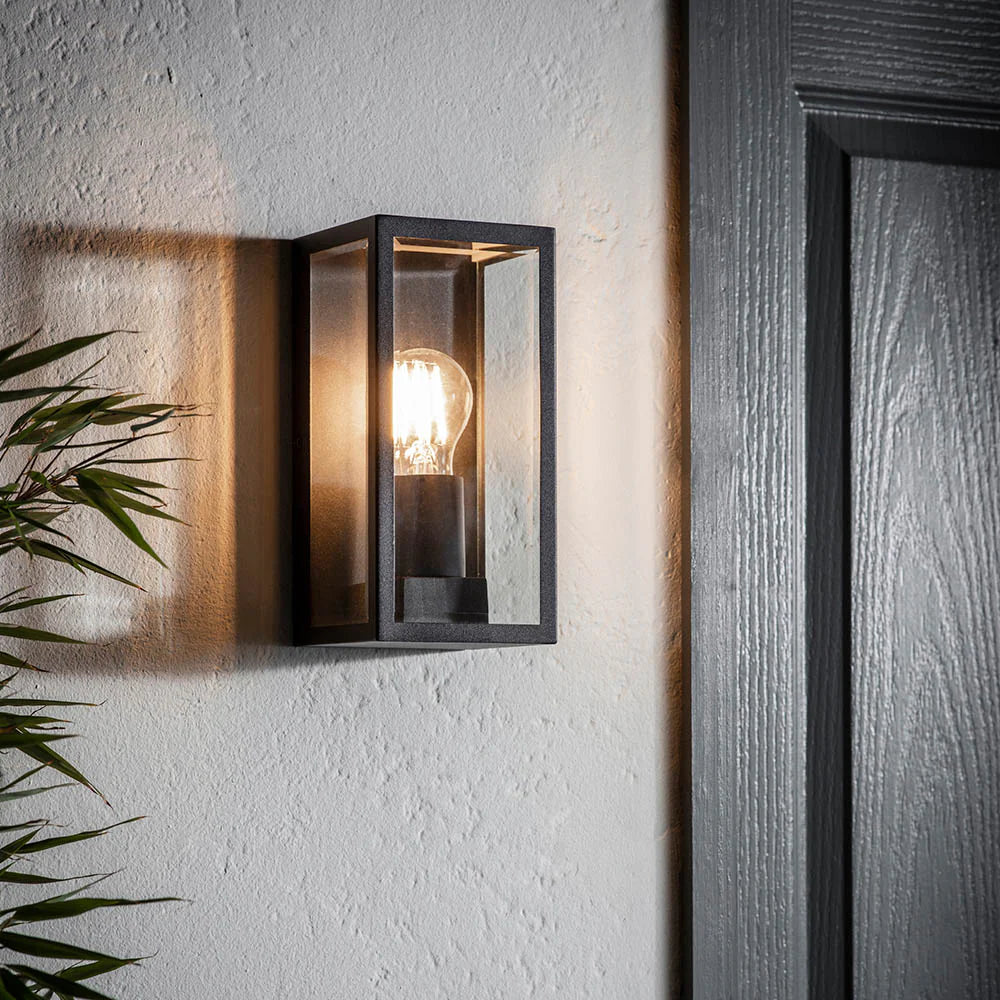Lighting is an often underappreciated aspect of home design, yet it holds the power to transform any space. Whether you’re seeking to create a cozy nook or a sleek, modern living area, the right lighting can make all the difference. This article delves into how you can use indoor lighting to enhance your home, providing practical tips and design inspiration for every room.
The Importance of Layered Lighting
Layered lighting is a key concept in interior design, involving the combination of ambient, task, and accent lighting. Ambient lighting serves as the main source of illumination, typically achieved through ceiling fixtures or recessed lighting. Task lighting, on the other hand, focuses on specific areas where activities like reading or cooking take place. Accent lighting adds depth and dimension, highlighting architectural features or artwork.
By blending these three types, you can create a balanced and inviting atmosphere. For instance, in a living room, you might use a central chandelier for ambient light, table lamps for reading, and wall sconces to highlight decorative elements.
Creating Cozy Corners
For those who love a snug, intimate space, lighting plays a crucial role in setting the mood. Warm, soft lighting is ideal for cozy corners. Think about incorporating table lamps with warm-toned bulbs or a floor lamp with a dimmer switch to control the light intensity.
Fairy lights or string lights can also add a whimsical touch, perfect for a reading nook or a bedroom corner. Layering these with candles or lanterns can create a soft, flickering glow, enhancing the cozy ambiance.
Enhancing Modern Spaces
Modern interiors often favor clean lines, minimalism, and functionality. In these spaces, lighting can be both a practical necessity and a bold design statement. Sleek, geometric light fixtures or industrial-style pendant lights can serve as focal points in a room.
LED strip lights are a popular choice for modern homes, offering versatility and energy efficiency. These can be installed under cabinets, along staircases, or behind mirrors to create a contemporary and stylish effect. Additionally, smart lighting systems allow you to adjust the color and intensity of your lights with a simple tap on your smartphone, adding convenience and customization to your lighting design.
Kitchen and Dining Areas
The kitchen and dining areas are spaces where lighting needs to be both functional and aesthetically pleasing. In the kitchen, under-cabinet lighting is essential for illuminating countertops and ensuring safety while cooking. Pendant lights over an island or breakfast bar provide focused task lighting and can serve as a design statement.
In the dining area, a chandelier or a series of pendant lights can create a focal point over the dining table. Consider dimmable options to adjust the lighting according to the occasion, whether it’s a casual family dinner or a more formal gathering.
Bedrooms and Bathrooms
Bedrooms benefit from a mix of ambient and task lighting. Bedside table lamps or wall-mounted sconces provide practical lighting for reading, while a central fixture can offer general illumination. Dimmer switches are particularly useful in bedrooms, allowing you to create a relaxing environment.
In bathrooms, vanity lighting is crucial. Fixtures on either side of the mirror provide even lighting for grooming tasks, while a central ceiling light can illuminate the entire space. For a touch of luxury, consider adding a small chandelier or decorative light fixture.
Transforming your home with indoor lighting is about more than just brightening a space; it’s about creating an environment that reflects your style and meets your functional needs. Whether you’re crafting a cozy corner or a modern living area, thoughtful lighting design can elevate your home, making it a place where you love to spend time. Embrace the power of light, and let it illuminate your path to a beautifully designed home.





